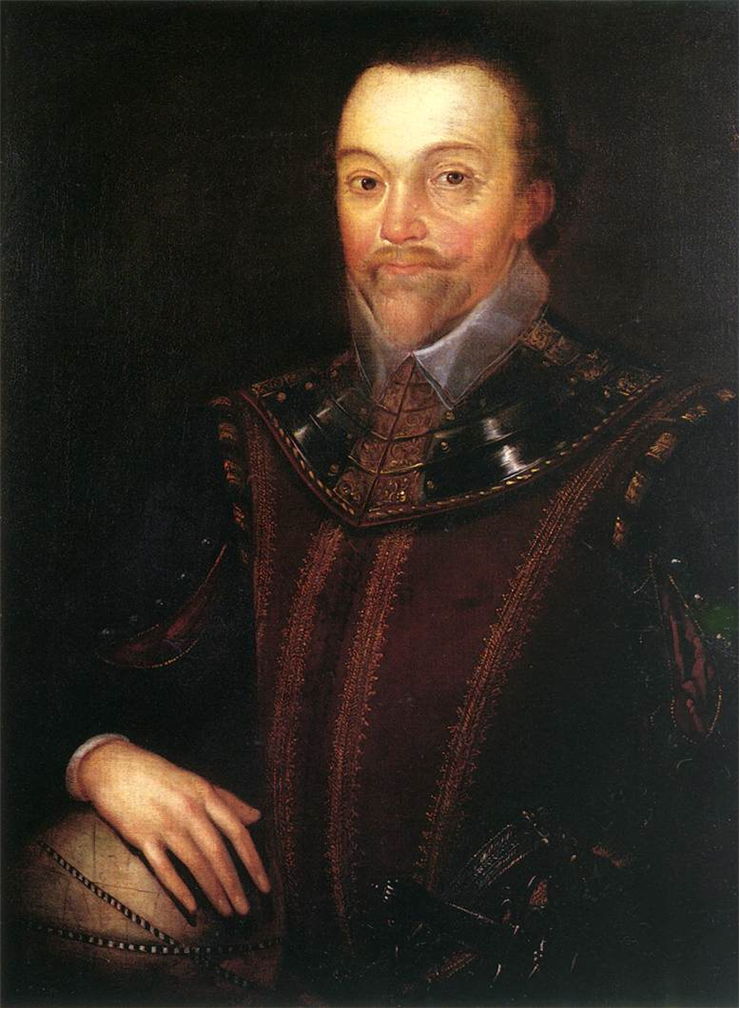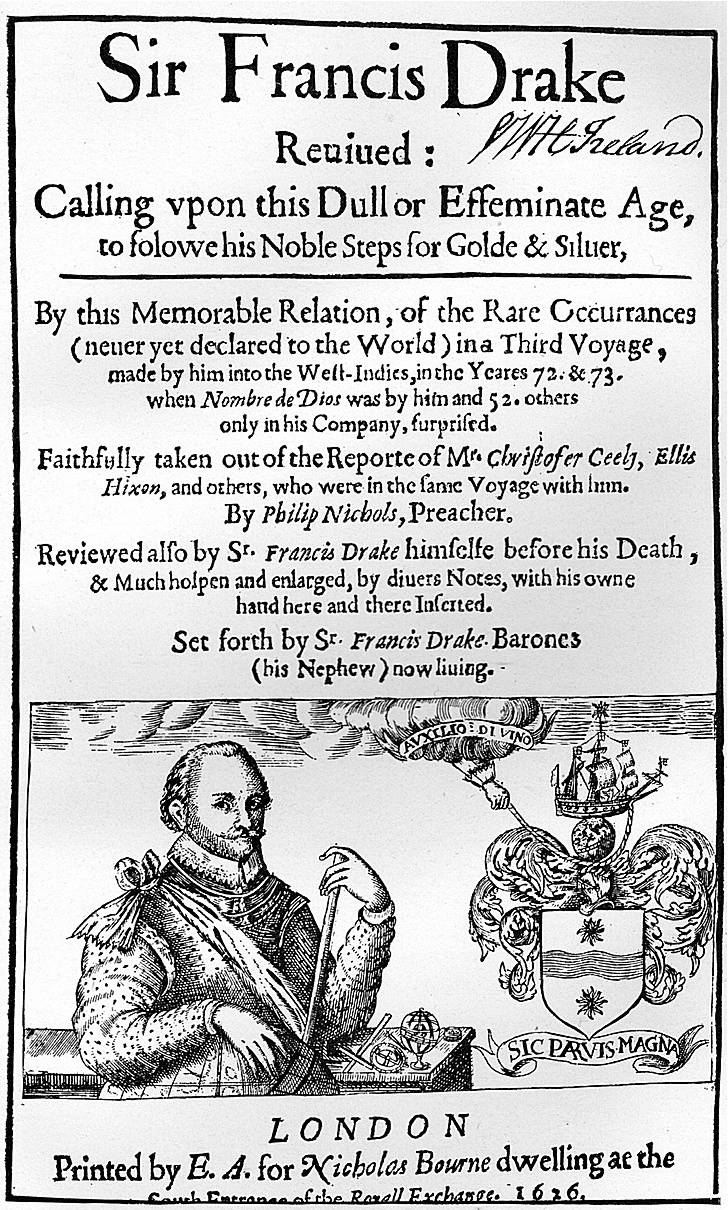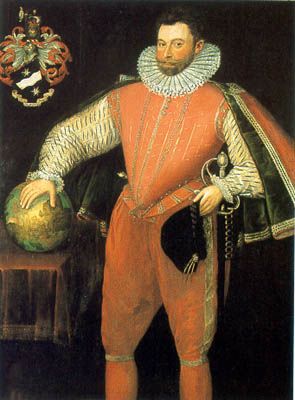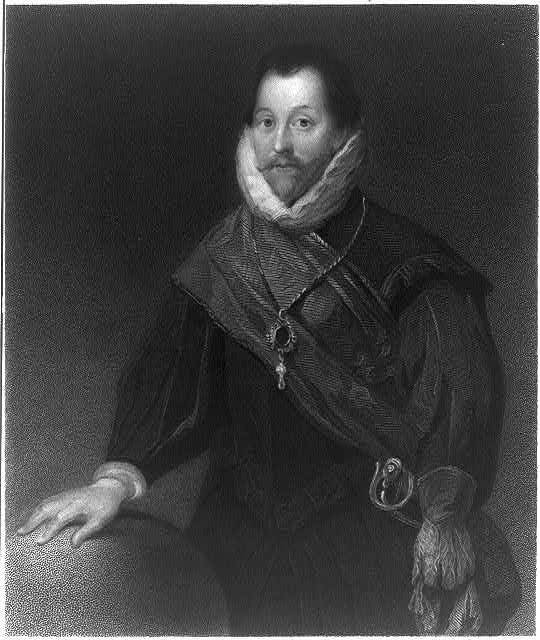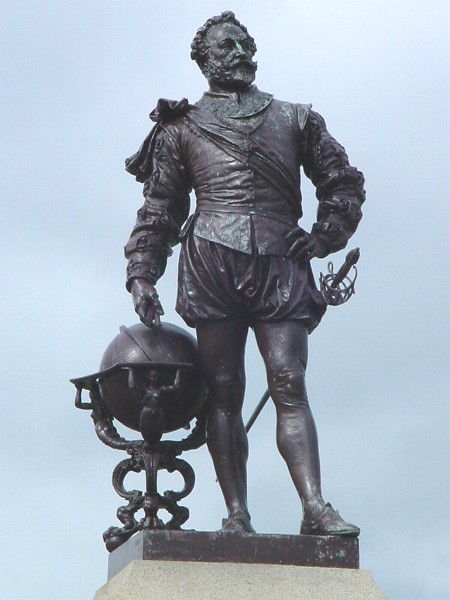Famous Privateer: Sir Francis Drake
The most famous privateer
Sir Francis Drake is probably the most famous privateer and one of the most notable sailors and naval commanders of the sixteenth century. An Englishman who played an important role in creating a model-pirate in the New World.
Sir Francis Drake was Elizabethan privateer, with pirate manners, always hungry for more treasure. Countless victories against the Spanish fleets brought him fame. However, his greatest achievement was a title of the first Englishman who circumnavigated the globe and came back alive.
This England's hero was born in Tavistock, Devonshire around 1540. He was a son of Mary Mylwaye and Edmund Drake, protestant farmers. Soon after his birth, his family moved to Kent, where he fell in love with the sea and naval life. Drake, as many legendary sailors spent their entire youth at the sea. When he was 13 years old, he decided to follow his dreams and started naval career.
In a short time period, he achieved rank of captain of a small ship. It was easy to see how good commander he was and how high his goals were. In 1565, Drake sailed to the Caribbean and commanded a ship under Sir John Hawkins.
He was a not a privateer then and did not ask for much trouble. Purpose of voyage was trading and smuggling, however, after Spanish treasure fleet attacked them in a surprise attack, he barely managed to survive,
Since then, there was bad blood between Drake and Spanish army. Francis always wanted to attack them more. In fact, he engaged them so much in countless devastating raids, that Spaniards began to call him El Draque - The Dragon.
His first attack on Spanish treasure was in 1572 on port of Nombre de Dios (region of today's Panama). With two small ships Drake attacked port and treasure-ships. Later, in 1573, he captured rich Spanish Silver Train together with French privateers and grabbed enormous plunder. He finally returned to England in august 1573, after few other successful attacks.
Temporary truce between England and Spain prevented Drake from further actions up until 1577 when Queen Elizabeth commissioned Drake to lead an expedition around the world and raid Spanish property again. On 15 November, a fleet of 5 ships and 164 men was departed from Plymouth and sailed into the glory.
In 1578, after surviving a few horrifying storms, Drake passed through the Straits of Magellan into waters never sailed before by any Englishman, and finally made it to the Pacific. Drake already lost two ships in voyage and renamed his flagship "Pelican"; to "Golden Hind". In 1579, he stopped in Pacific South American coast for repairs and supplies. However, they were ambushed by local folks, but Drake managed to settle misunderstanding and became friendly with natives. He claimed the land for the English Queen and called it Nova Albion or the "New England".
Drake’s fleet continued to raid Spanish possession throughout the Pacific Ocean. They sailed by Indonesia, through the Indian Ocean, and past the Cape of Good Hope. A 60-man crew with only one ship returned to Plymouth on 26 September 1580 with a lot of gold and values. Drake was honored by Queen Elizabeth for his remarkable achievement, circumnavigating the globe.
In the years to come, Drake was again involved in war between England and Spain. In 1585, he had a few successful attacks, like famous raid of Cartagena port.
Francis Drake died of fever in 1596 on his last hunt for Spanish treasure. He was buried at sea in Puerto Bello, Panama, in a lead coffin.
